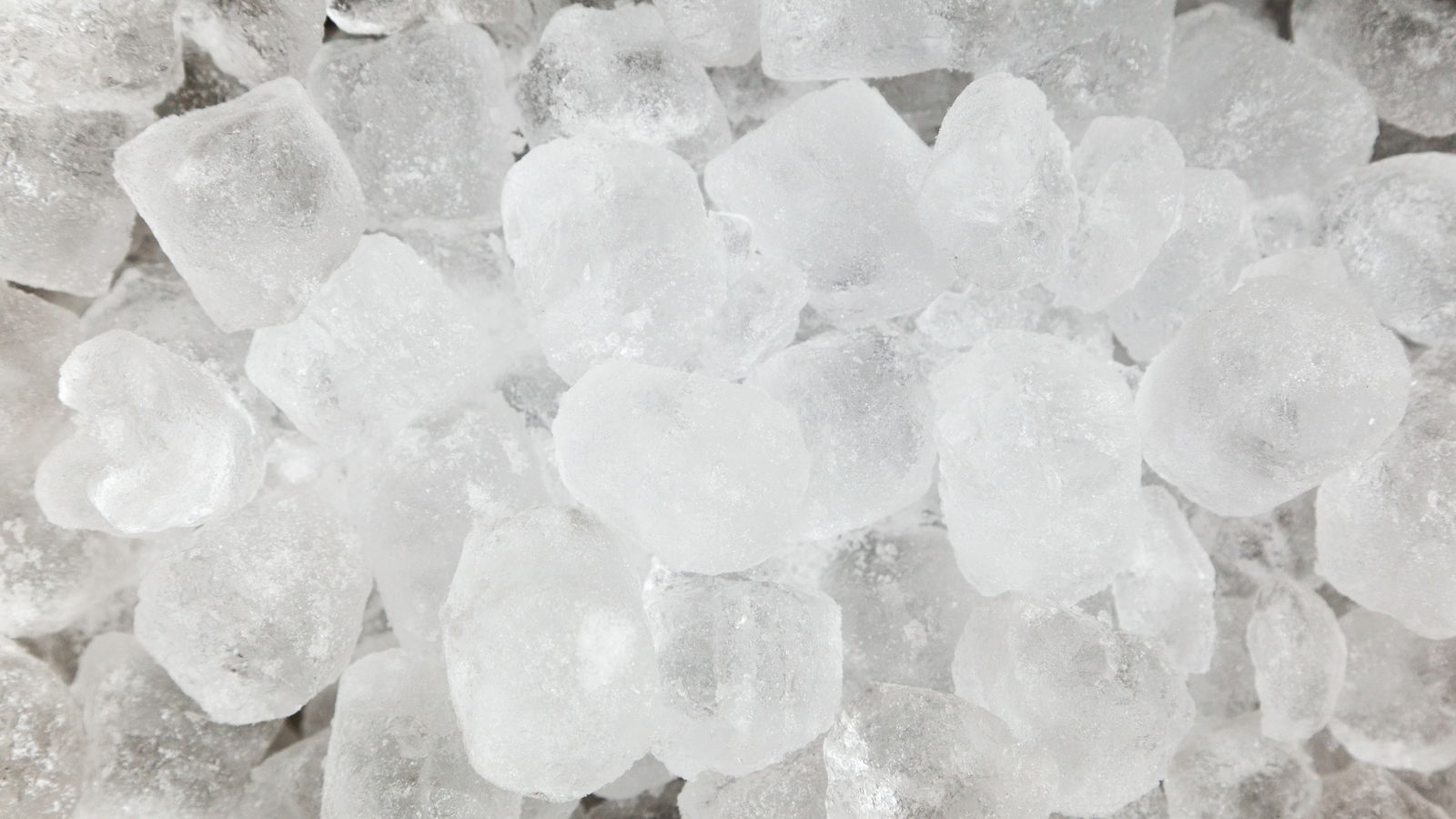Sodium, or salt, is an essential mineral that is found in all cells throughout the human body. In particular, it is present in extracellular and vascular fluids (blood pH), in arteries, veins, and capillaries, in intestinal fluids and outside the cells. The remaining 50% is stored in the bones.
Salt: why do we need it?
Together with potassium, this very important mineral regulates the blood's acid-alkaline ratio and helps to coordinate the body's water balance, namely the distribution of fluids between the inside and outside of cell membranes. Sodium and potassium also carry out an essential role in muscle contraction and expansion, as well as in nerve stimulation.
Sodium also executes another central function by ensuring that the other minerals in the blood are soluble so that they do not form dangerous deposits.
Together with chlorine, sodium safeguards blood and lymph health, contributes to the transportation of oxygen, helps to eliminate anhydride from the body and facilitates digestion, aiding the production of hydrochloric acid inside the stomach.
Where is sodium found?
Our body absorbs 2.4 grams of sodium for every 6 grams of salt we ingest while eating.
Foods of animal origin contain more salt than plant-based foods, while industrially-produced products sometimes contain so much salt that they can endanger your health if consumed often.
This is why consumers must always carefully read the labels.
Which foods contain the most salt? In no particular order:
- Seafood
- Milk
- Soft water
- Poultry and meat
- Algae (kelp is an excellent sodium supplement!)
- Soy sauce
- Monosodium glutamate
- Sodium bicarbonate
- Baking powder
- Spices and additives

How does salt tavel through the body?
After ingesting sodium, it is rapidly absorbed into the small intestine and into the stomach. The blood then transports it to the kidneys, where it is filtered and returned to the blood according to the body's needs at that particular time.
A lot of energy is required to assimilate the mineral. The excess sodium, usually 90-95% of the total ingested, is eliminated in the urine. Sodium absorption and elimination are directly linked to the amount of water consumed: the more we drink, in fact, the more sodium we need.
Water loss through the skin and lungs ranges from 500 to 800 millilitres per day and 75% of this amount is free from electrolytes. Through exercise and humidity, 46 to 92 mg of salt is eliminated each day. Sweat contains one gram of salt per litre.
Excessive use of salt in cooking can hinder the proper absorption and use of food, especially in the case of protein-based foods. Vomiting, diarrhoea or excessive sweating can cause a sharp decrease, in salt, in certain cases, a supplement may be necessary to prevent sodium deficiency.
Dietary intake dictates the salt levels that end up in the urine, while the blood levels usually range from 310 to 333 mg per 100 millilitres.
Quantity of sodium to consume according to age group
There is no recommended daily intake for sodium, but generally, people's average intake is always higher than the daily requirement.
The National Research Council (USA) recommends a daily intake of 1 g of salt for every litre of water consumed. Unfortunately, however, the average American ingests between 2.3 to 6 grams of sodium a day, sometimes even reaching 15 grams!
So let's see how much salt you consume have each day:
- The suitable dose for an adult individual ranges from 1.1 to 3.3 grams
- From 10 to 18 years: 500 mg
- From 6 to 9 years: 400 mg
- From 2 to 5 years: 300 mg
- For 1-year-olds, the dose is 225 mg
- From 6 months to 1 year: 200 mg
- From birth up to 6 months:120 mg
...And if you overdo it?
The excessive intake sodium facilitates the elimination of potassium in the urine, which may result in a deficiency. In this case, potassium supplements may be required.
Excess sodium can also cause water retention, dizziness, swelling of the face and lower limbs. Particularly sensitive people may experience hypertension. By reducing their salt intake and supplementing potassium, hypertension can be reduced by 20 or 30%.
Consuming less sodium throughout our lives can help prevent heart attacks, but again, potassium values must be balanced with the amount of sodium consumed.
Excessive use of sodium chloride in the diet also contributes to an increase in liver, heart, and kidney diseases.
The simplest way to reduce sodium intake is to eliminate the use of salt, perhaps substituting herbs and spices to season food.

Deficiency symptoms and effects
Malnutrition, vomiting, diarrhoea, excessive sweating, or any condition that causes significant water loss can cause a sodium deficiency.
If sodium remains in the body after a substantial water loss, water intoxication can occur, which in turn can lead to anorexia, apathy, and muscle spasms. In this case, fluids must be integrated before sodium because the mineral cannot be absorbed without liquids: the lost electrolytes are replaced through the normal daily diet.
Arthritis, rheumatism and neuralgia may also occur. Neuralgia is an acute nerve pain caused by acids that accumulate in the absence of sodium.
Beneficial effects of salt:
- Small doses of sodium increase your resistance to cramps and heatstroke.
- It helps the calcium to remain in solution, facilitating the strengthening of the nervous system.
- A number of clinical studies have shown that low-sodium diets help prevent or treat the symptoms of toxaemia (bacterial poisoning), oedema (swelling), proteinuria (albumin in the urine), hypertension and blurred vision.
| SODIUM CAN BE EFFECTIVE IN TREATING THE FOLLOWING AILMENTS: | |
| Organs | Diseases |
| Intestinal system |
Diarrhoea |
| Brain/Nervous system | Nerves |
| Teeth/Gums | Problems with teeth and gums |
| Legs | Cramps |
| Glands | Adrenal exhaustion, Cystic fibrosis |
| General | Heatstroke, Cramps, Dehydration, Oedema, Fever, Poliomyelitis, Toxaemia |
Source: Nutrition Almanac, (2009) GJ Kirschmann and JD Kirschmann Nutrition Search, Inc.
